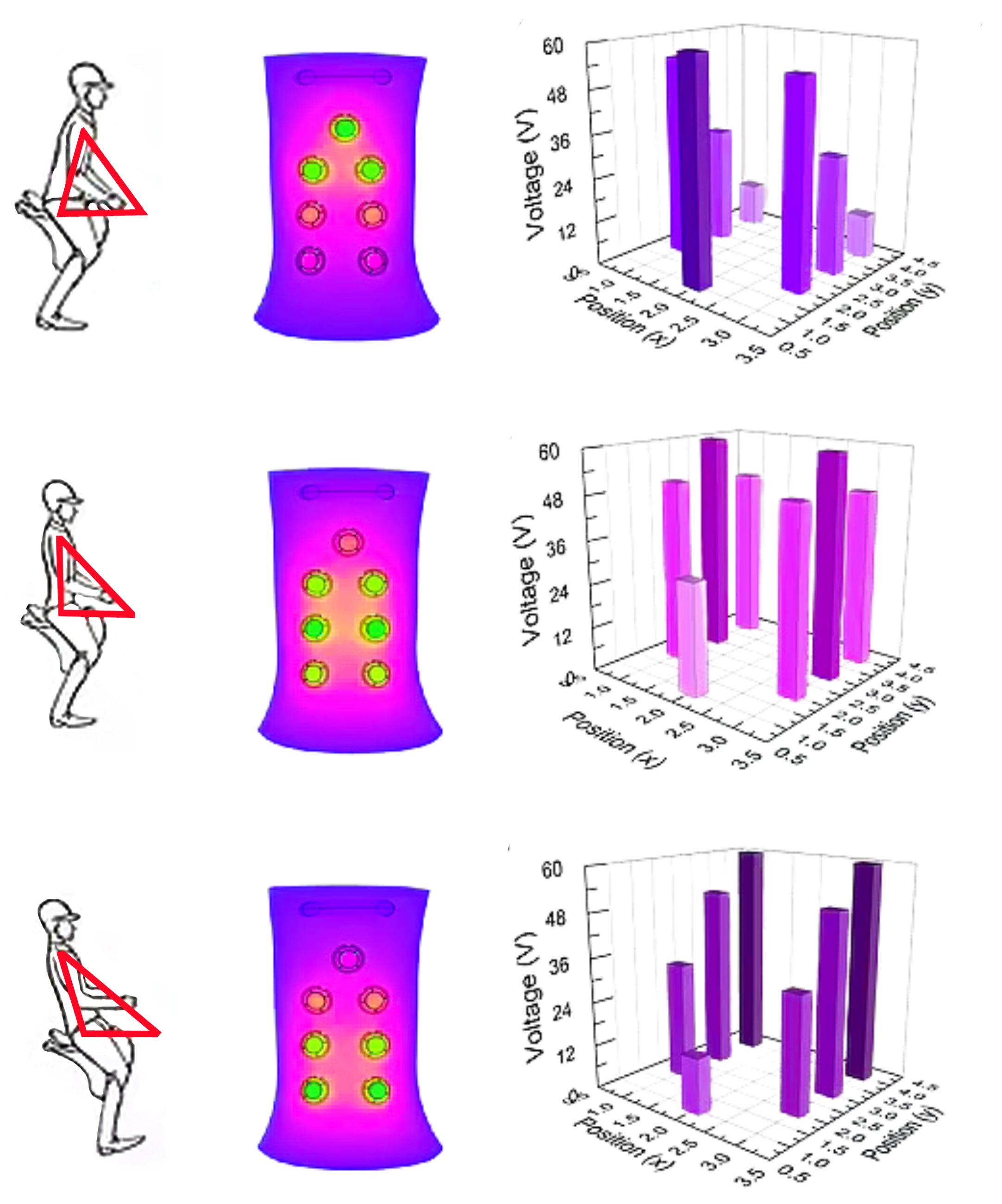
4 minute read
International Trends: Saddle smarts
INTERNATIONAL TRENDS
Saddle smarts
Chinese researchers have developed a saddle capable of improving you balance and correcting your position, writes JESS MORTON.
Agroup of researchers led by chemical engineer Yutao Hao of the Inner Mongolia University in Hohhot, China, have developed a smart saddle that can help equestrians improve their balance and alert emergency contacts if they take a fall.
The saddle uses seven oval-shaped triboelectric nanogenerators (TENGs) to harvest energy from a rider’s movement to provide data on their posture and balance. The TENGs also serve as sensors and are able to react to changes in position in just 16 milliseconds. The research team believe that the saddle could herald a significant leap forward in equestrian sports.
How TENGs work
Equestrians have been using data to improve performance, training methods, and recovery for years. But because they are powered by batteries, many of these technologies are bulky and inflexible.
TENGs harness energy normally wasted in our daily life - such as the energy created by human movement (walking and jogging for example), rotating wheels, the wind, or flowing water – and use it to electrify objects or materials. This novel approach to harvesting mechanical energy makes it possible for the saddle sensors to be self-powered while riding.
The effect is a bit like static electricity, and occurs when two materials are rubbed together. The materials interact, and electrons are exchanged creating energy. The more the two layers interact with each other, the bigger the exchange of electrons and the greater the electrical voltage created.
TENGs are unique because they are self-powered through pressure, touch or motion. Even out on a multi-day ride, TENGs will not lose power.
Researchers Ding Nan, Baodong Chen, Zhong Lin Wang and colleagues modified TENG technology so it could be used by equestrians, and demonstrated that just the movement of a rider on the smart saddle generated enough energy to light up LEDs, power a wireless transmitter, and run a digital thermometer.
TENG technology in the saddle
To detect differences in pressure, the researchers made special oval shaped TENGs that flattened when depressed and rebounded when the pressure was removed, placing seven of them on the seat of a prototype saddle. When the TENGs were put under pressure, electrons transferred from one electrode to another to generate a current. When the pressure was released, the current ceased.
The pattern of electrical signals created by the TENGs showed whether the rider was leaning forward, sitting in an upright position, or leaning backwards, and could detect whether the rider was rising or sitting at the trot.
Feedback from the self-powered smart saddle may help riders sit more symmetrically, and offer real-time data so the rider and their trainers can evaluate position and the effectiveness of seat aids during schooling sessions.
Welfare and riding
We know horses move better, with longer strides and more freedom, when their riders are balanced. Balance and communication are essential for a horse and rider to move as one - without it horses may experience uneven pressure on their backs, sometimes resulting in chronic pain.
Most riders don’t realise they are crooked in the saddle until someone points it out, and not everyone rides with a trainer who can do that. If a rider isn’t sitting straight the horse will compensate, which is why some horses have issues under one rider, and yet are perfectly fine with a more balanced rider on their back. The smart saddle could revolutionise equine wellbeing by increasing awareness of rider biometrics, position and weight distribution without the presence of a trainer or instructor.
Fall detection
A decade-long study of statistics from the United States National Trauma Data Bank found that the risk of hospital admission from equestrian injuries is higher than those from football, motor vehicle racing, and skiing. The smart saddle can detect a rider’s fall almost instantly, immediately transmitting a signal to call for help. Used in conjunction with a GPS, injured riders could be quickly located and given speedy access to emergency treatment, an invaluable safety feature for those riding alone.
Equestrian sports are undeniably challenging and potentially dangerous, making the analysis of movement and injury prevention based on portable sensor technology particularly important. With a response time of 16 milliseconds, the smart saddle has the potential to provide real-time statistical data for both equestrians and their coaches, with the added safety of fall detection.

Smart saddle benefits include real-time feedback to improve rider balance and position, and rapid detection if the rider suffers a fall.











